On the morning of July 2, in Hanoi , the Central Steering Committee for Science, Technology, Innovation and Digital Transformation (S&T) held a conference to review the work of the first 6 months of 2025 and key tasks of the last 6 months of 2025. General Secretary To Lam, Head of the Central Steering Committee chaired the conference.

The conference was attended by Prime Minister Pham Minh Chinh, Politburo members, Party Central Committee Secretaries; leaders of central departments, ministries and branches. The conference was connected online to 34 provinces and cities across the country.
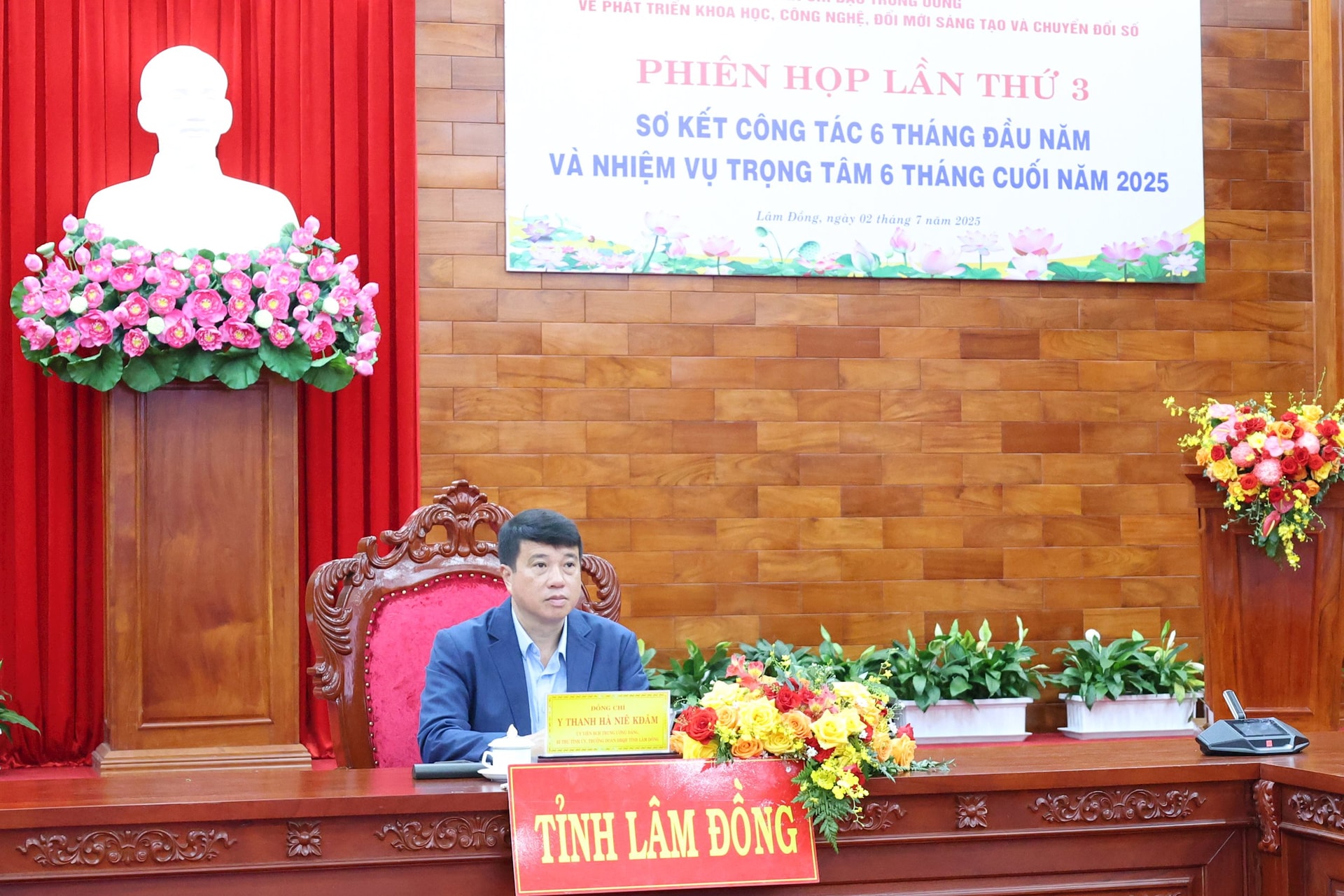
Lam Dong province bridge point chaired by comrade Y Thanh Ha Nie Kdam - Member of the Party Central Committee, Secretary of the Provincial Party Committee, Head of the Provincial National Assembly Delegation.
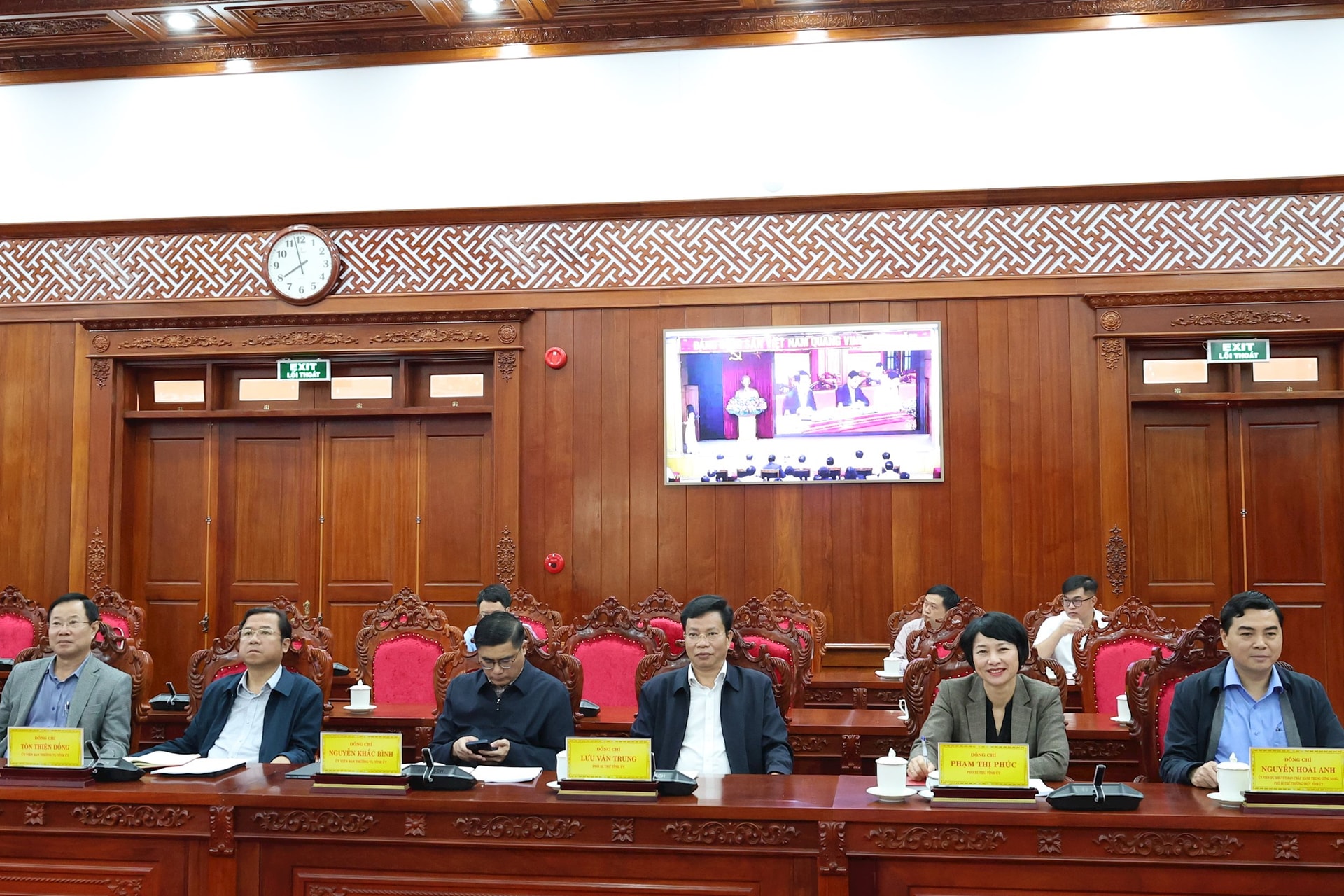
Attending the meeting were comrades: Nguyen Hoai Anh - Alternate member of the Party Central Committee, Standing Deputy Secretary of the Provincial Party Committee; Tran Hong Thai - Deputy Secretary of the Provincial Party Committee, Chairman of the Provincial People's Council; Ho Van Muoi - Deputy Secretary of the Provincial Party Committee, Chairman of the Provincial People's Committee; Pham Thi Phuc - Deputy Secretary of the Provincial Party Committee, Chairman of the Provincial Vietnam Fatherland Front Committee; Dang Hong Sy - Deputy Secretary of the Provincial Party Committee; Luu Van Trung - Deputy Secretary of the Provincial Party Committee; comrades members of the Steering Committee on Science, Technology, Innovation, and Digital Transformation of Lam Dong province.
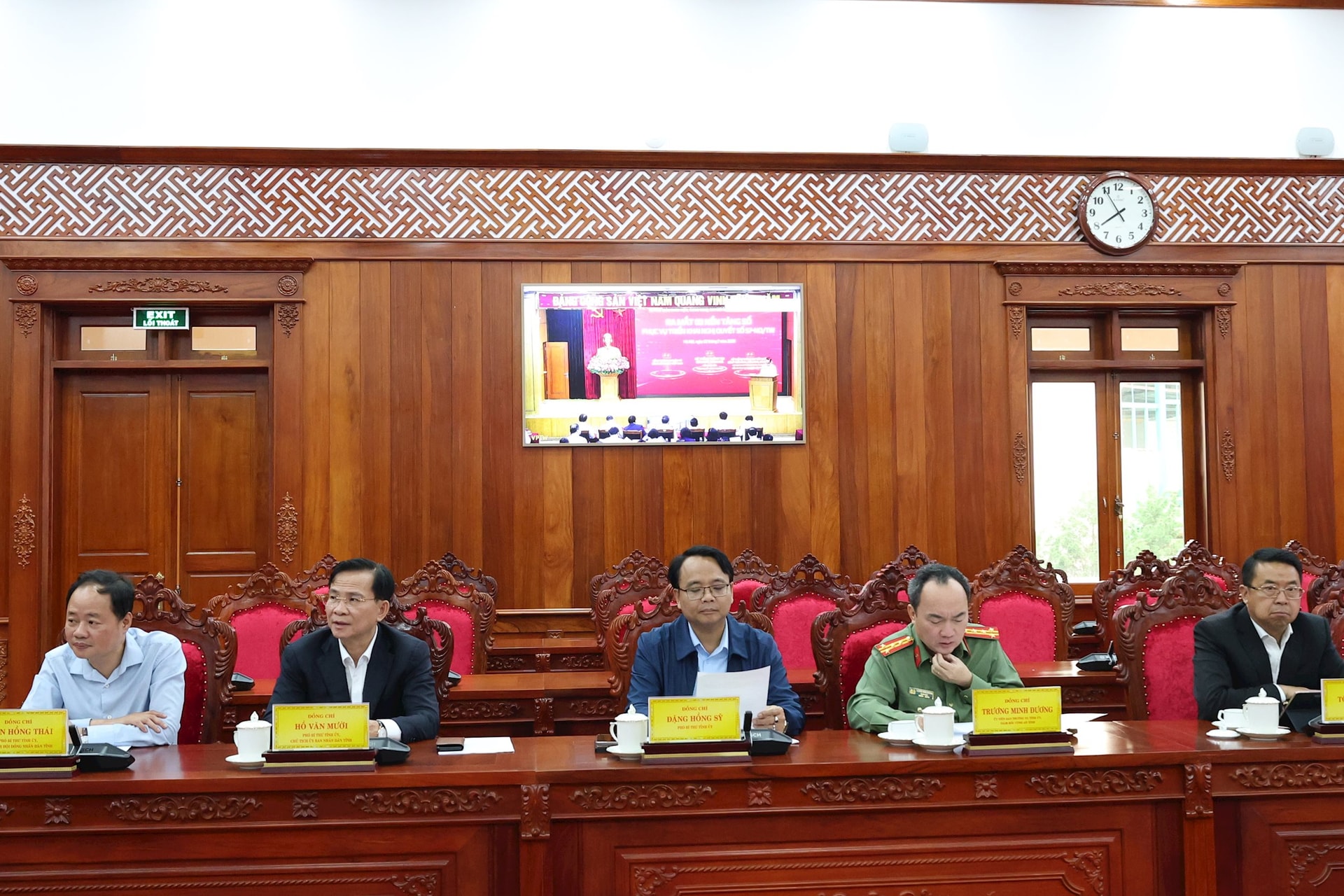
At the conference, the Central Steering Committee on Science, Technology, Innovation and Digital Transformation launched three digital platforms to serve the implementation of Resolution No. 57-NQ/TW, including: the Communist Party of Vietnam Electronic Information Portal; Information system for monitoring and evaluating the implementation of Resolution No. 57-NQ/TW; Information system for receiving and processing feedback, recommendations, initiatives and solutions for the development of national science, technology, innovation and digital transformation.
This is a specific step to establish a centralized management mechanism for connecting digital data, ensuring the requirements for monitoring and tracking progress assigned by the Central Steering Committee, contributing to the successful completion of the targets and objectives set in the period of reorganizing the apparatus of the political system.
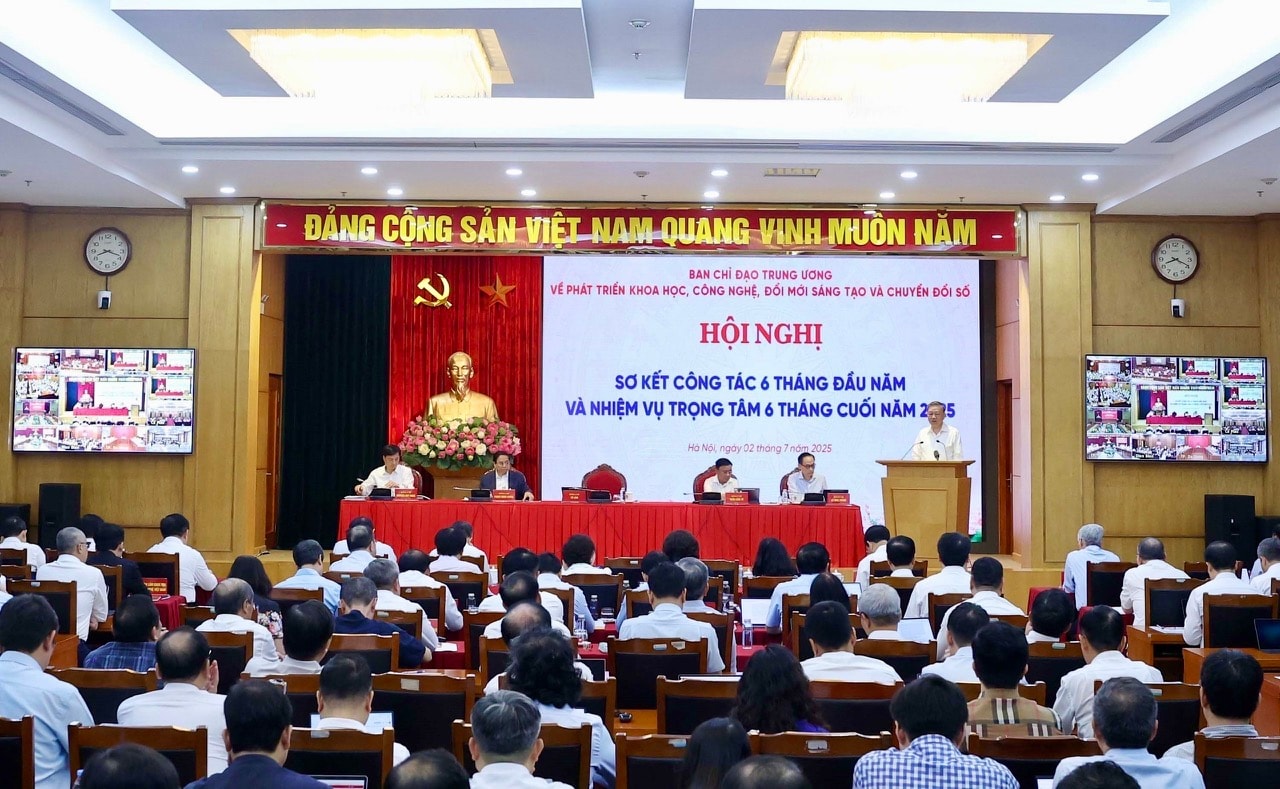
CREATING SUSTAINABLE AND STRONG CHANGE IN THE DEVELOPMENT OF SCIENCE, TECHNOLOGY, INNOVATION AND INDUSTRY
Speaking at the launching of 3 application platforms to serve the implementation of Resolution No. 57 and orientations for the Conference to review the work in the first 6 months of 2025 and key tasks for the last 6 months of 2025, General Secretary To Lam - Head of the Central Steering Committee on Science, Technology, Innovation and Digital Transformation emphasized: Resolution No. 57-NQ/TW of the Politburo has strategic significance, shaping the path of fast and sustainable development of the country in the new period, especially in the context that we are striving to complete the goals of the term and the 2-level local government model has officially operated in 34 provinces and cities nationwide since July 1, 2025.
According to the General Secretary, the plans and digital platforms serving the implementation of Resolution No. 57-NQ/TW are a vivid manifestation in the implementation of the Party's policies and resolutions, opening up a more scientific, modern, transparent and effective way of working, shifting from traditional methods to applying digital technology, directing and operating based on data, real time, evaluating the effectiveness in a substantial way, clearly defining collective responsibility and related individual responsibility.
Therefore, the General Secretary requested the delegates attending the conference to promote responsibility, focus on discussion, be frank, clarify bottlenecks, carefully analyze the causes and propose breakthrough, drastic and feasible solutions to create substantial and strong changes in the development of science, technology, innovation and digital transformation in the last 6 months of the year and the following period.
According to information from the conference, after 6 months of implementation, Resolution No. 57-NQ/TW has created strong changes in awareness and action throughout the political system, removing many bottlenecks in institutions, policies, infrastructure, resources and coordination mechanisms between levels and sectors.
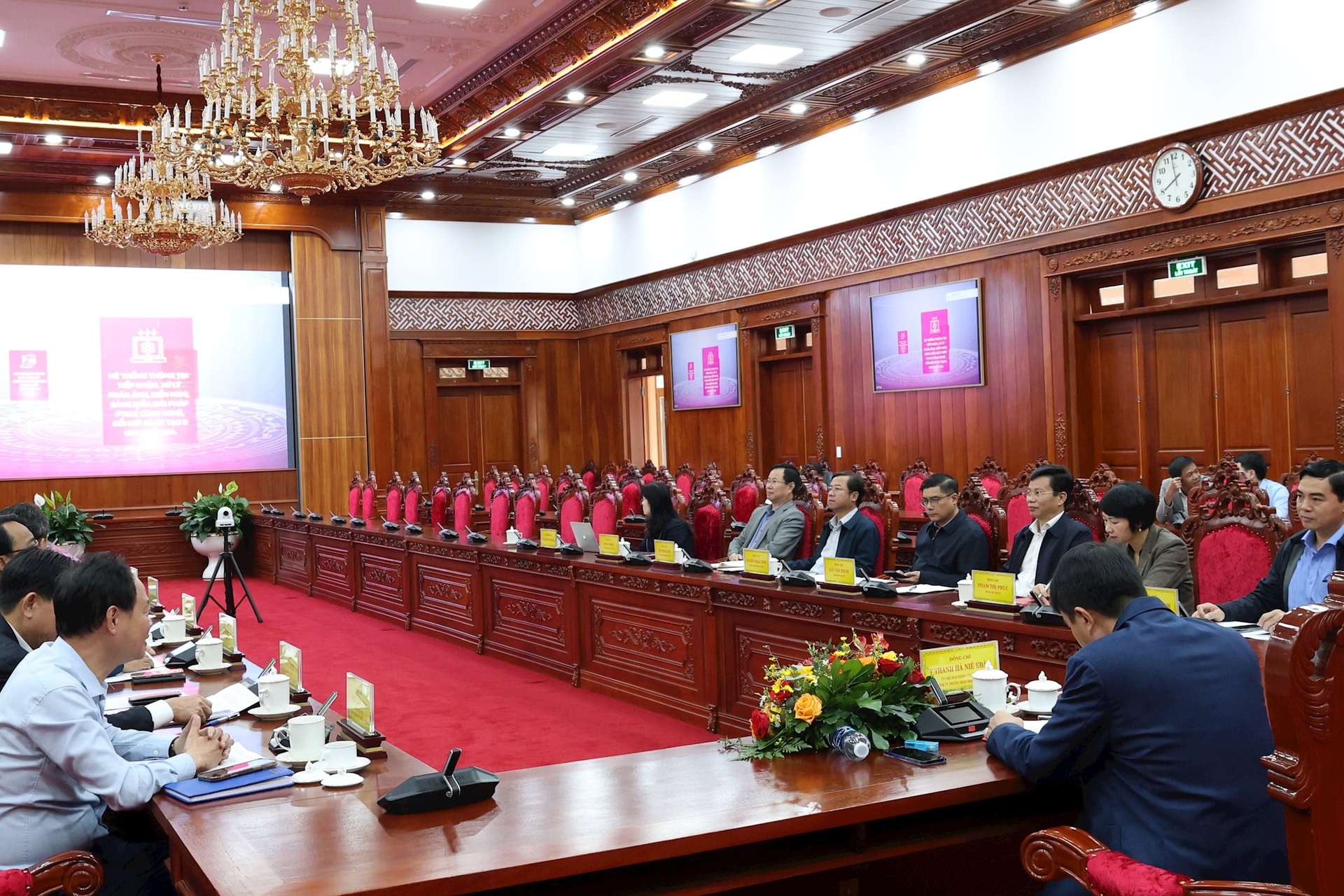
Up to now, the total number of tasks to implement Resolution No. 57-NQ/TW is 802 tasks. By June 30, 2025, 239 tasks have been completed, 427 tasks are being implemented according to the roadmap of Resolution 57, and 136 tasks have not been completed overdue.
In terms of institutions and policies, the National Assembly has passed two very important and fundamental laws, including the Law on Science, Technology and Innovation; the Law on Digital Technology Industry, laying a new legal foundation for the development of cutting-edge technology fields such as artificial intelligence, semiconductors, and big data. The Government has issued a series of important legal documents (16 decrees and 1 resolution), including decrees on reforming one-stop administrative procedures, inter-connected one-stop shops, and decentralization and delegation of powers in accordance with the two-level government organization model.
Regarding direction and operation, the Central Steering Committee has directed very resolutely. The biggest breakthrough in the way of working over the past 6 months is that the Steering Committee has issued and simultaneously implemented two major plans of special significance: the Strategic Action Plan to implement Resolution 57 (Plan No. 01-KH/BCĐTW, dated June 2, 2025) with a new approach towards concentration, focus, and key points, avoiding dispersion of resources and Plan No. 02-KH/BCĐTW, dated June 19, 2025 is an important concretization step to organize the synchronous, interconnected and effective implementation of Resolution 57-NQ/TW, meeting the requirements of organizing the political system apparatus in the new period.
Regarding digital transformation and data infrastructure, the System for monitoring and evaluating the implementation of Resolution 57 and the System for receiving and processing feedback, recommendations, initiatives, and solutions on science, technology, innovation, and digital transformation have been put into operation, creating links between systems and initially forming a management platform based on real-time data. The Secretariat issued the Party Digital Transformation Architecture version 3.0, along with the Central Party Office deploying document management software, paperless meeting rooms, connecting to the commune level, creating a new step in modernizing the Party's leadership and direction activities.
Regarding the development of science, technology and innovation, the Government has issued a list of strategic technologies, identifying 11 groups of technologies that play a key role in the process of rapid and sustainable development and enhancing national competitiveness. Through reviewing and comparing with implementation practices and global technology trends in the first 6 months of 2025, it can be seen that the list has focused in the right direction on key technology fields such as: semiconductors, artificial intelligence (AI), Internet of Things (IoT), new materials technology, biotechnology and Big Data. The selection of these technologies is consistent with the research, development and application capacity and demonstrates Vietnam's strategic vision.
The science, technology and innovation ecosystem continues to grow strongly, with 858 science and technology enterprises, 45 high-tech enterprises and over 73,000 digital technology enterprises in operation. The Ministry of Science and Technology has attracted and gathered 277 experts to participate in key programs on artificial intelligence, contributing to the development of high-quality human resources for strategic fields.
Regarding the mobilization of social resources, a very prominent point in the first 6 months of the year is the strong support and participation of large domestic technology enterprises. This is a new feature, showing that Resolution 57 is not only the work of the State but has truly spread to society and the business community, creating a large social movement, creating more resources and motivation to effectively implement tasks.
Regarding the new governance model, Plan No. 02-KH/BCĐTW is not simply a plan for implementing tasks but also a completely new governance model, putting all tasks into the electronic task management system, allowing the commune level to directly report, the Steering Committee to monitor and inspect independently, and the provincial level to operate in real time. This is a model governance model based on data, which can be replicated for major programs and plans of the Party and State in the coming period, especially in the conditions of a two-level apparatus organization at the local level.
In addition to the above outstanding results, the implementation of Resolution No. 57-NQ/TW still has shortcomings and limitations such as: Some tasks are behind schedule; institutions and policies in many fields are not yet synchronized, not meeting practical requirements; national digital infrastructure and data are still scattered; connection and data sharing are still limited; high-quality human resources are still lacking, especially in key technology industries; the construction of national and specialized databases has achieved fundamental results, but needs to move to a new phase: from focusing on completion and construction, to prioritizing connection and exploitation to create real value, serving the direction, administration and socio-economic development.
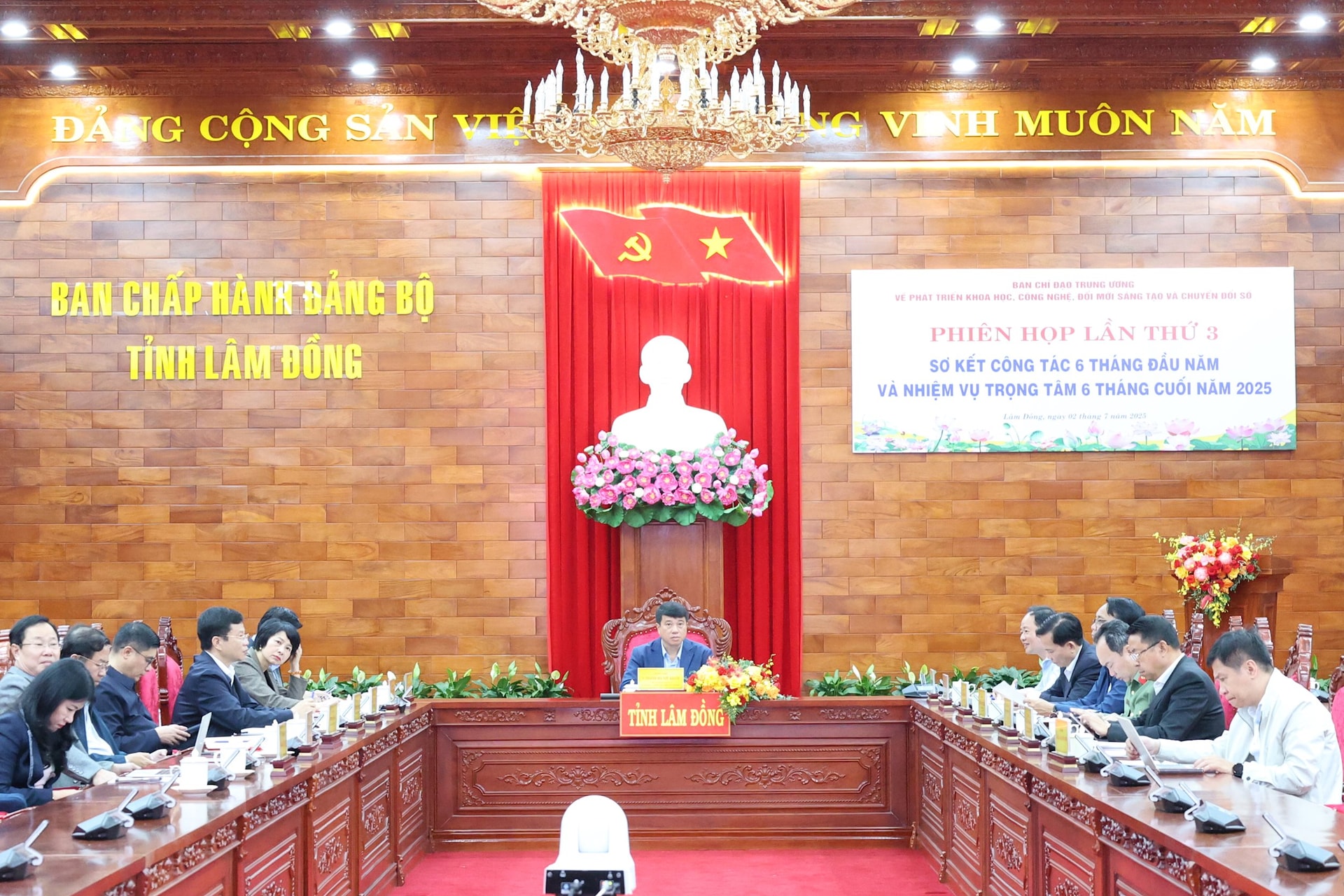
HIGHLY FOCUS AND RESOLUTIVELY IMPLEMENT TASKS AND SOLUTIONS
Speaking at the conference, General Secretary To Lam requested agencies and units to promote the spirit of innovation, focus highly, resolutely implement key tasks, ensure progress, quality and set goals. Heads of departments, ministries, branches and localities should enhance their sense of responsibility "Resolutely, persistently, steadfastly, do whatever it takes to strengthen the trust of the whole society", focus on directing resolutely, prioritizing resources to complete assigned tasks, especially unfinished tasks.
The General Secretary assigned the Central Propaganda and Mass Mobilization Commission to preside over and coordinate with media agencies to develop an extensive communication program on the breakthrough contents of the Law on Science, Technology and Innovation; the role of data platforms in promoting comprehensive digital transformation; innovation in public services, application of digital technology, etc. to strengthen trust among scientists, the business community and the people.
Ministries and agencies urgently develop and prepare sub-law documents to guide the laws promulgated after the 9th Session of the 15th National Assembly, to be completed at the same time as the law takes effect; promulgate mechanisms and policies for the development of science, technology, innovation, and digital transformation. Implement the Strategic Action Plan (Plan No. 01), applying a new approach in a centralized, focused, and key direction, avoiding the dispersion of resources. Urgently complete the construction, put into operation, and use the National Data Center; national databases, and specialized databases, according to the roadmap set out by the Government in Resolution No. 71/NQ-CP, dated April 1, 2025, ensuring "correct - sufficient - clean - alive" data, and at the same time provide guidance on the exploitation, use, and plans for connecting, sharing, and analyzing data in sectors and fields to promote national digital transformation and serve socio-economic development.
Ministries, branches, localities, enterprises, research institutes, and universities proactively seek opportunities, propose initiatives and projects that are suitable to their capacity and development strategy, and participate in Strategic Systems and Breakthrough Initiatives. Timely detect and propose solutions to difficulties and obstacles, ensuring that Breakthrough Initiatives and Strategic Systems are deployed on schedule and effectively. Promote connection and data sharing between databases and information systems; restructure administrative procedures, reuse information and data to provide convenient online public services for people and businesses, develop socio-economy and national defense and security. Localities allocate financial resources, ensure smooth network connection to commune level, serving digital transformation activities at the local level...
Source: https://baolamdong.vn/tao-chuyen-bien-thuc-chat-manh-me-trong-phat-trien-khoa-hoc-cong-nghe-doi-moi-sang-tao-va-chuyen-doi-so-320568.html








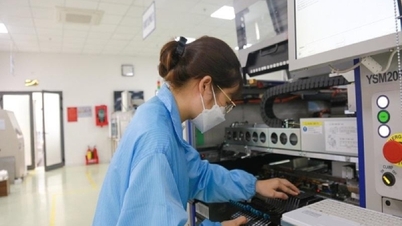

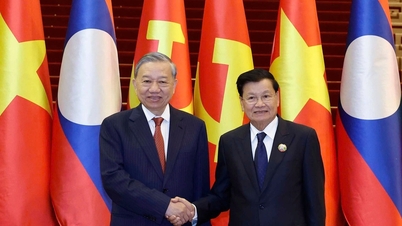

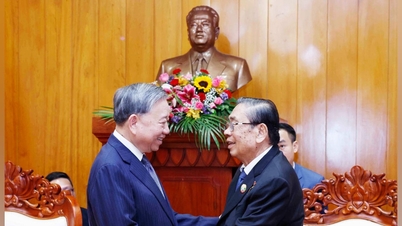

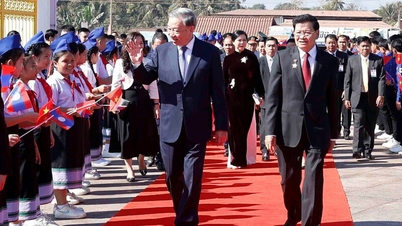

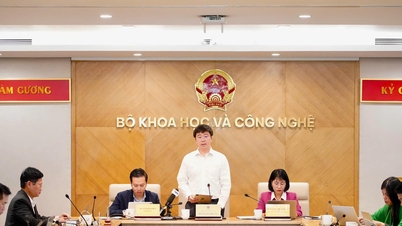

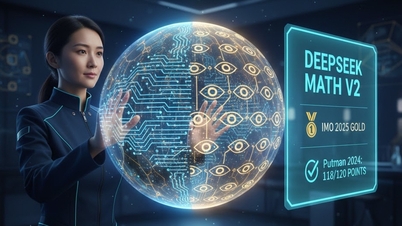

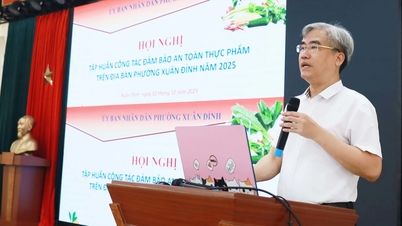



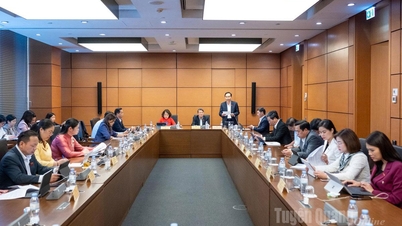

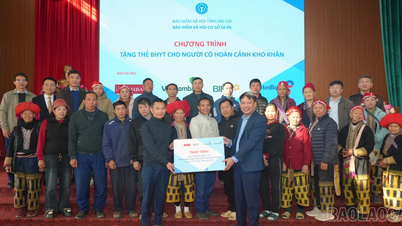


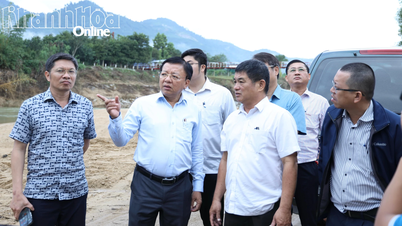






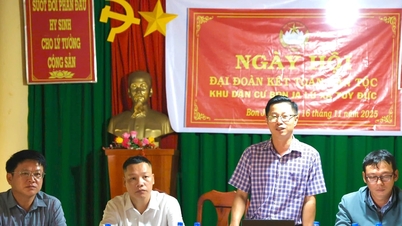
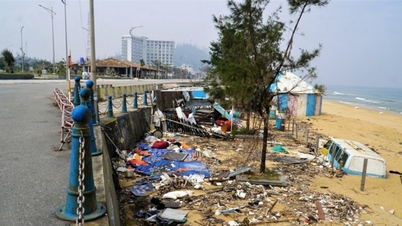
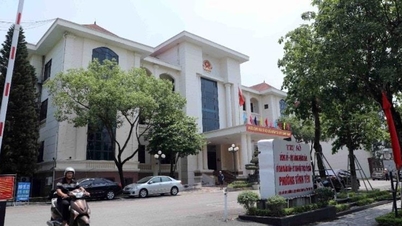


![[Photo] Parade to celebrate the 50th anniversary of Laos' National Day](/_next/image?url=https%3A%2F%2Fvphoto.vietnam.vn%2Fthumb%2F1200x675%2Fvietnam%2Fresource%2FIMAGE%2F2025%2F12%2F02%2F1764691918289_ndo_br_0-jpg.webp&w=3840&q=75)
![[Photo] Worshiping the Tuyet Son statue - a nearly 400-year-old treasure at Keo Pagoda](/_next/image?url=https%3A%2F%2Fvphoto.vietnam.vn%2Fthumb%2F1200x675%2Fvietnam%2Fresource%2FIMAGE%2F2025%2F12%2F02%2F1764679323086_ndo_br_tempimageomw0hi-4884-jpg.webp&w=3840&q=75)




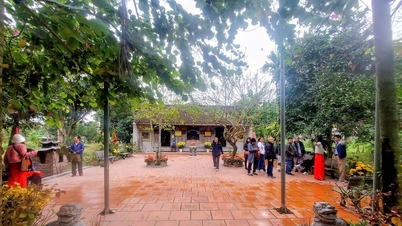



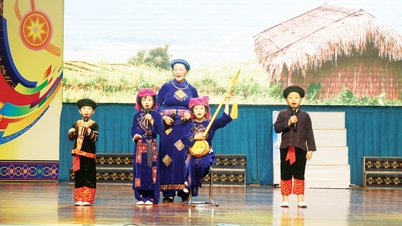




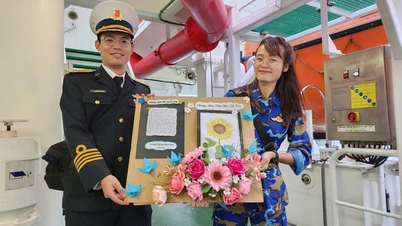

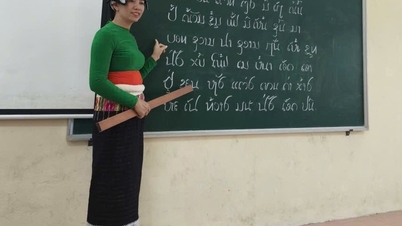

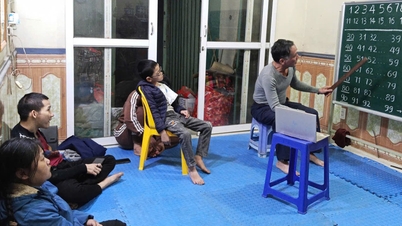
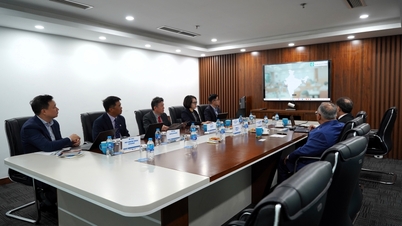
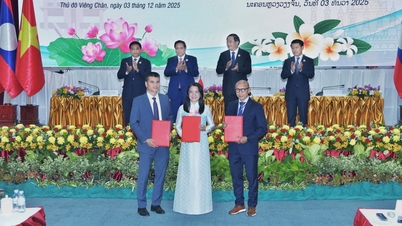



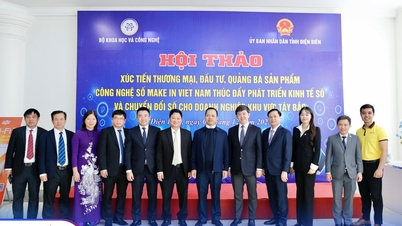
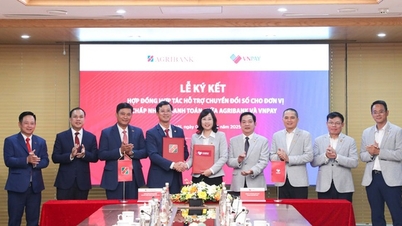







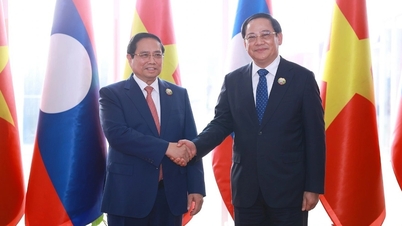

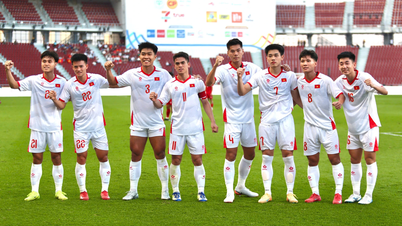












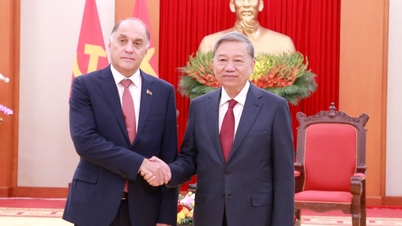
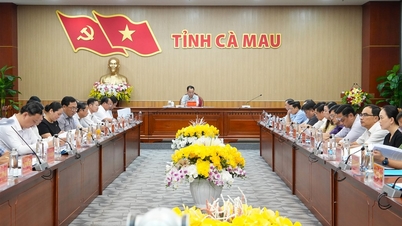

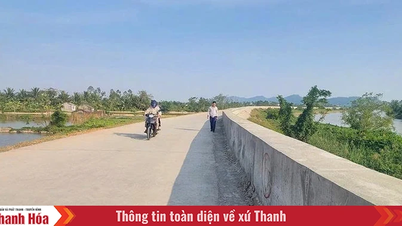













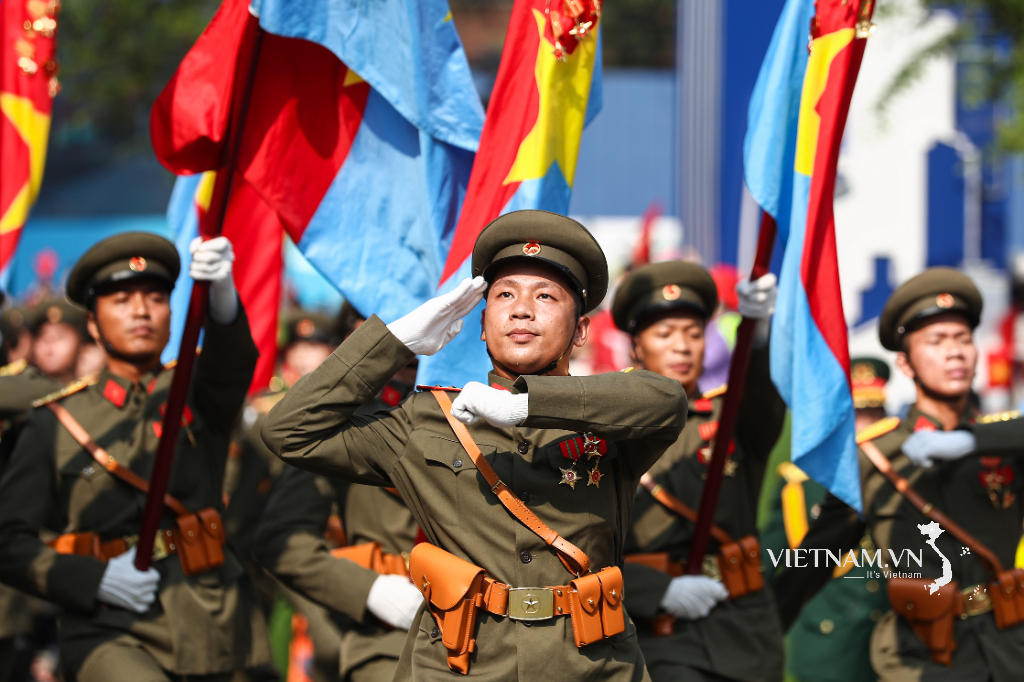

Comment (0)